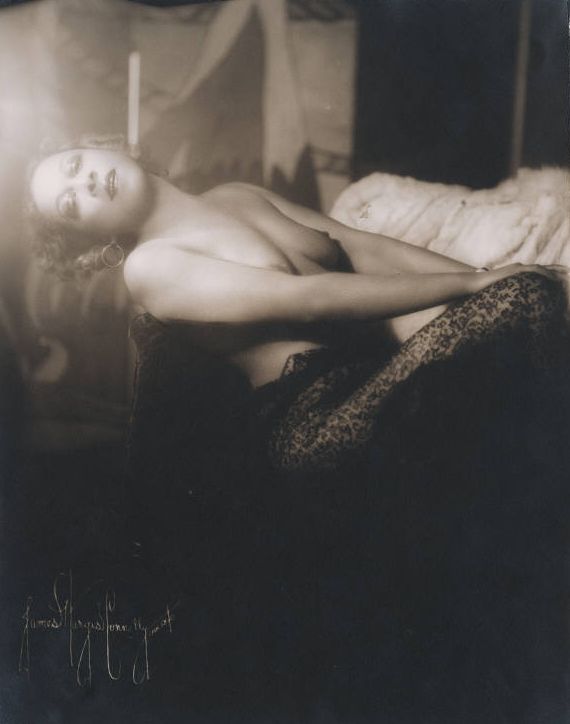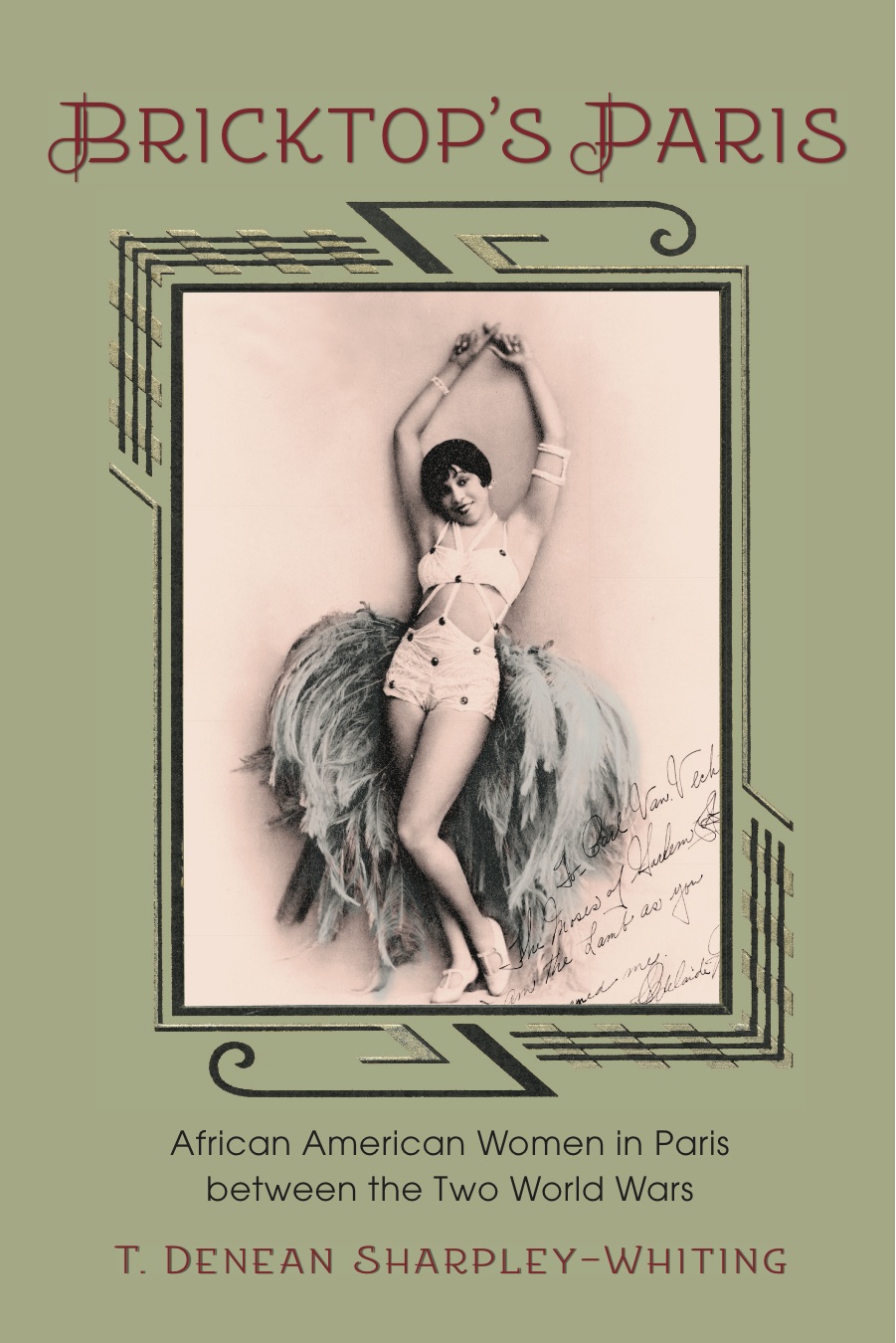By T. Denean Sharpley-Whiting (Guest Contributor)
 “Paris put my foot on the ground,” declared Lois Mailou Jones in a 1996 interview in the New York Amsterdam News. For Jones, Paris represented “freedom, [t]o be shackle free. . . released . . . from all of the pressure and stagnation which we suffered in this country. . . . France gave me my stability, and it gave me the assurance that I was talented and that I should have a successful career.” In Paris, she produced the famous oil on linen painting Les Fétiches (1938), now displayed at the Smithsonian. Paris was a pivotal turning point in her artistic career. She was not the first or the last black woman to express these sentiments about the City of Light.
“Paris put my foot on the ground,” declared Lois Mailou Jones in a 1996 interview in the New York Amsterdam News. For Jones, Paris represented “freedom, [t]o be shackle free. . . released . . . from all of the pressure and stagnation which we suffered in this country. . . . France gave me my stability, and it gave me the assurance that I was talented and that I should have a successful career.” In Paris, she produced the famous oil on linen painting Les Fétiches (1938), now displayed at the Smithsonian. Paris was a pivotal turning point in her artistic career. She was not the first or the last black woman to express these sentiments about the City of Light.
Between the first and second World Wars, the period some call the Jazz Age, France became a place where an African American woman could realize personal freedom and creativity, in narrative or in performance, in clay or on canvas, in life and in love. Paris, as it appeared to them, was physically beautiful, culturally refined, inexpensive as a result of the war, and seductive with its lack of violent racial animus.
The lure and lore of Paris was freedom, opportunity, and acceptance. While the weary and poor of Europe sailed to the New World towards Ellis Island and the Statue of Liberty, these Americans went to the Old World with its swank soirées, erudite salons and ateliers, its brasseries and cafés, and its happening jazz revues. In America, whiteness allowed the new European immigrants greater access to jobs, trade unions, and public spaces. In France, particularly in Paris, among the French and other Europeans cosmopolitans, black Americanness had a social currency that allowed access to artistic communities and creative spaces.
Though they were talented, they were also privileged as Americans and exoticized as blacks. The French fascination with American technologies and popular culture, including film, radio, and jazz introduced by African American GIs, and French Republicanism itself, embodied in the ideals of equality, liberty, and fraternity—even if imperfectly practiced—helped to further grease the wheels of social equality and freedom for African Americans in Paris. This book, Bricktop’s Paris: African American Women in Paris Between the Two World Wars, tells their stories in words and images.
 T. Denean Sharpley-Whiting is the Gertrude Conaway Vanderbilt Distinguished Professor of French and African American and Diaspora Studies at Vanderbilt University where she also directs the Program in African American and Diaspora Studies. She has published thirteen monographs and edited volumes, including the recent Bricktop’s Paris: African-American Women in Paris between the Two World Wars. She has recently completed a work of genre fiction entitled The Thirteenth Fellow, an academic murder mystery.
T. Denean Sharpley-Whiting is the Gertrude Conaway Vanderbilt Distinguished Professor of French and African American and Diaspora Studies at Vanderbilt University where she also directs the Program in African American and Diaspora Studies. She has published thirteen monographs and edited volumes, including the recent Bricktop’s Paris: African-American Women in Paris between the Two World Wars. She has recently completed a work of genre fiction entitled The Thirteenth Fellow, an academic murder mystery.
